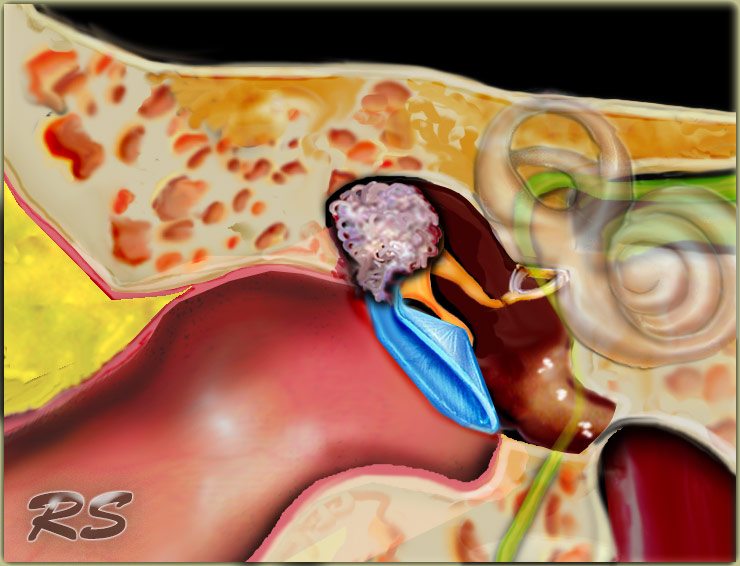Bacterial Robotics Create Minute Robots for Tumor Treatment
According to a report from Reuters, Cincinnati-based biotechnology firm Bacterial Robotics is developing a series of miniature medical robots called BactoBots™. Inspired by swarms of bacteria, the BactoBots are designed to destroy cancer cells in cases of cholesteatoma. This is a form of benign cancer which affects the skull, temporal bone and ear. It can cause dizziness, deafness, brain abscess, facial palsy and meningitis. The BactoBots may also have a number of uses in industry, such as cleaning municipal wastewater and assisting with the production of food and beverage production.
Gene Drives Allow Scientists to ‘Edit’ Genes
A team of scientists led by Harvard biotechnologist Kevin Esvelt are developing a gene editing technique to change the genomes of wild plants and animals; the story is detailed in a report at reason.com. The technology known as CRISPR utilizes a bacterial protein that is able to identify and splice segments of DNA in an organism’s genome. It can then replace the spliced section with an engineered version. The purpose of the technology is to spread engineered genes through wild populations via sexual reproduction. The gene drive ensures that both copies of the natural gene are replaced with the genetically modified version.
GUSS the Self-Driving Car
The technology behind self-driving cars is advancing rapidly. One of the latest autonomous vehicles is GUSS (Ground Unmanned Support Surrogate), The Verge reports. Designed for the United States Marine Corps, GUSS will help ground troops move between locations safely without a crew onboard. GUSS can travel even over the most rugged of terrains and if the need should a rise, a driver can take over the controls. GUSS would be particularly helpful in areas where bombs may pose a threat to soldiers on foot. It is not yet clear when the self-driving vehicle will be deployed.
Image credit: Radiology Assistant




















